Phew, I really need to wake up alert these days… barely had a sip of tea in me this morning when I got bombarded with lots of questions; I was glad to see that the back of the box of Kelloggs multigrain shapes has lots of fun information about the Stars, Sun, Earth and Moon! (Well done Kelloggs!) …but this lead to the question…..
…… WHY DOES THE EARTH SPIN?
Inertia
The earth spins because of intertia…. the tendency of a body of mass to remain in it’s state of motion unless acted upon by another force. Bit of a mouth-full isn’t it? What it really means is that an object that is at rest (not moving) will stay that way unless another force or influence changes that…. a stone on the ground will stay in place unless we kick it with our foot! Likewise a moving object will stay moving unless a force acts on it to stop it! Moving objects on earth stop moving due to friction (think of stopping your bike when you pull the brakes!).
How was the Earth made?
So how does all this relate to the Earth? Well the Earth is formed from a pile of moving gas and dust created during the big bang! As these gases and particles collapsed under their own gravity they started to spin. These spinning dust clouds continues to collapse until they formed planets – such as the Earth. As the planets formed they kept spinning and, in the absence of a significant force to stop them, they continue to do so!
And that is why the Earth spins!
How fast does the Earth spin?
The Earth takes just under 24 hours to make one complete revolution – 23 hours 56 minutes and 0.4091 seconds to be exact. This is called the sidereal period (the length of time a body will make one complete orbit relative to the stars). So what is the speed of the Earth in kilometres per hour (kph)? It all depends of where you are standing! If you were standing at the North or South pole, for example, the Earth would be moving very slowly! If you were standing on the equator the speed of the earth will be moving at its fastest… that is to say, the circumference of the Earth is greatest at the equator and therefore must move faster to complete one revolution within a day! To better understand this try holding your finger on a point on a globe while you slowly spin the globe!
Now for the maths…. the circumference of the Earth at the equator is approximately 40,000 km. If we divide this by 24 (the approximate number of hours in a day) we get 1,667 kph (approx 1000 mph).
The Earth orbits the Sun at a speed of approximately 108,000 kph (67,000 mph).
Do all the planets spin?
Yes they do but not in the same direction or at the same speed. The inner planets of Solar System (Mercury, Venus, Earth and Mars) spin at a slower speed than the outer, larger planets ( Jupiter, Saturn,Uranus and Neptune). They all spin in a counter clockwise direction – as viewed from the top (or in a west to east direction), except for Venus and Uranus. The reason for this is thought to be the result of a significant collision during the formation of these planets .
What about stars?
Stars spin too. The Sun is a giant star at the centre of our solar system and it rotates on it’s axis, taking 25 days to make a complete revolution!
 |
| Image source: NASA |
Further reading:
The planets (National Geographic)
Solar System Exploration (NASA)
IF YOU HAVE ANY SCIENCE OR NATURE QUESTIONS YOU WOULD LIKE ANSWERED HERE JUST ASK, I’D LOVE TO HEAR FROM YOU…. I’LL JUST MAKE SURE I’VE HAD MY CUPPA FIRST ;0)
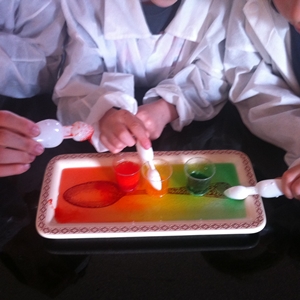
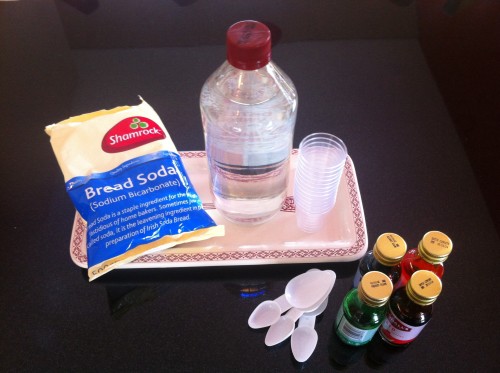
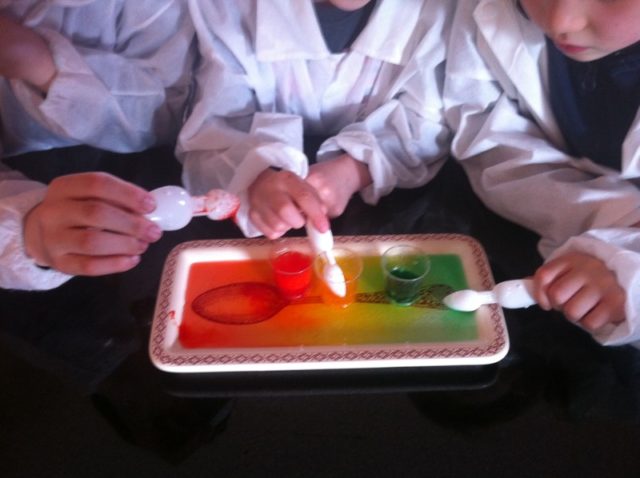
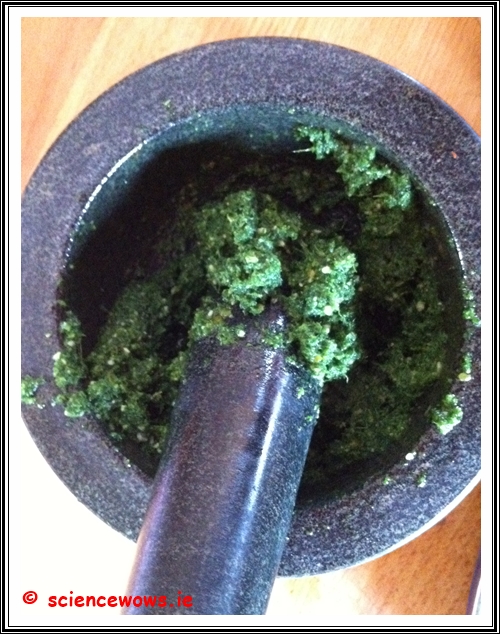

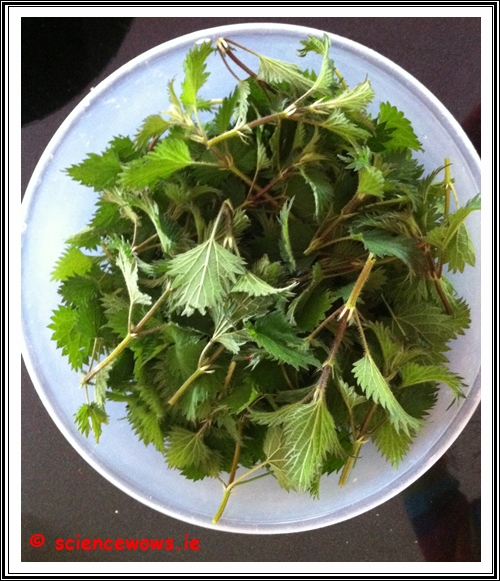
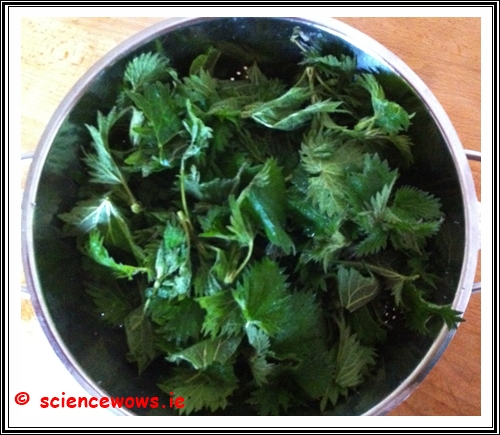
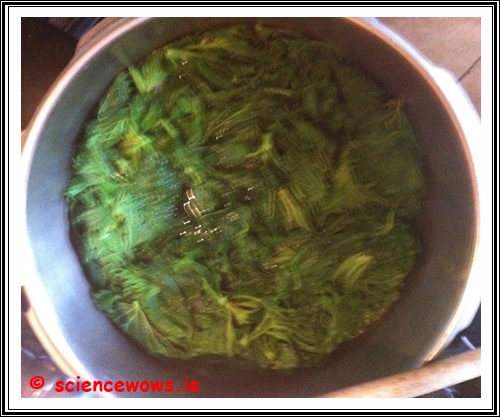
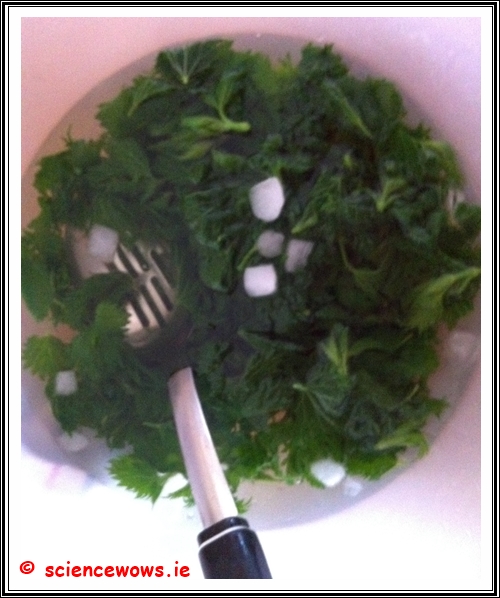
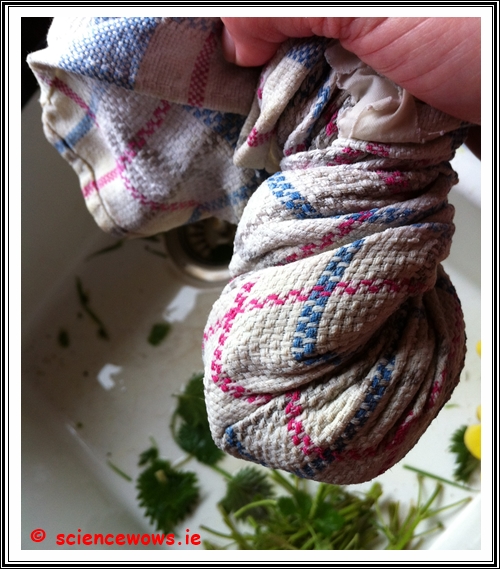
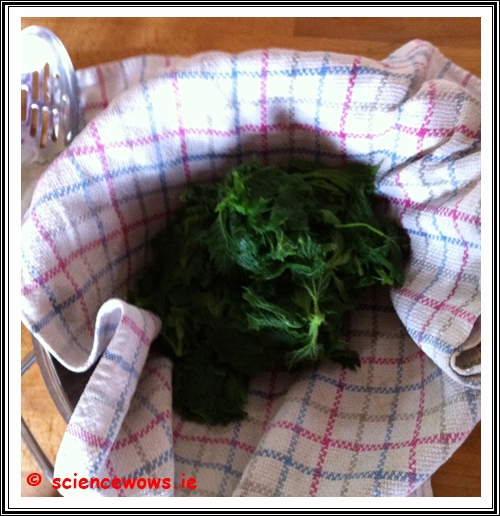


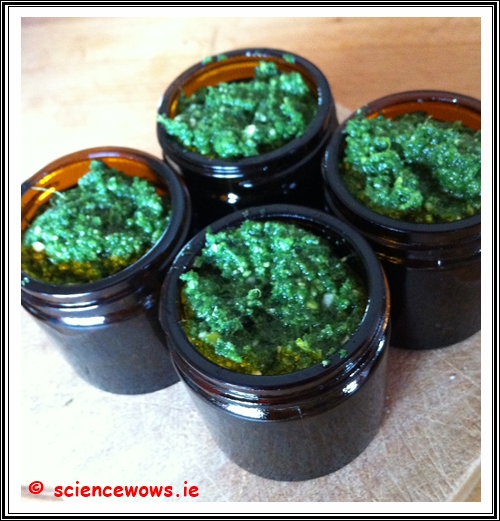

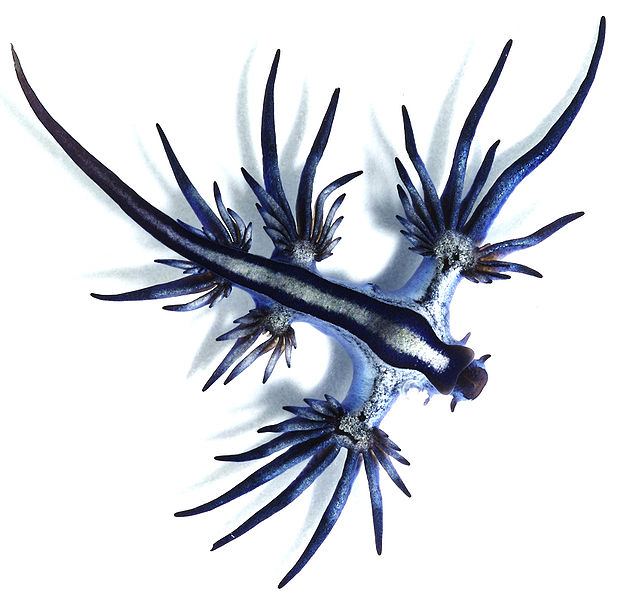

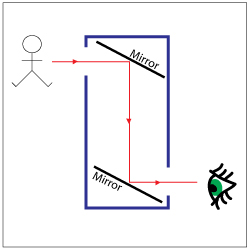

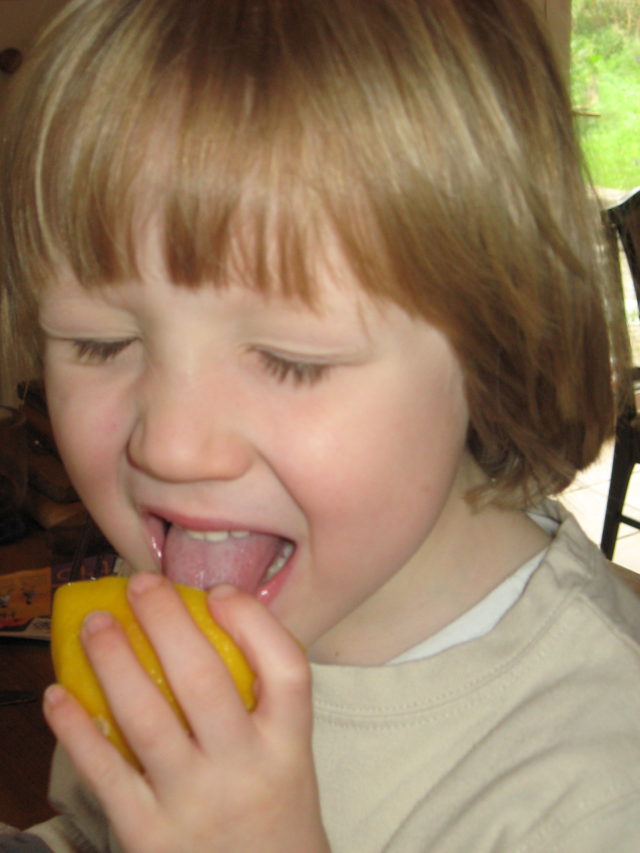
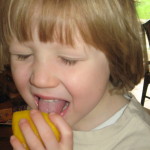
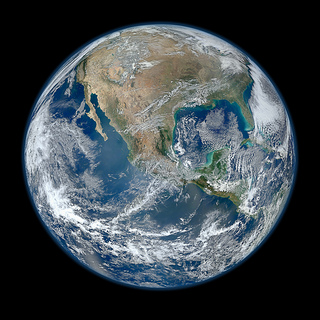.jpg)
